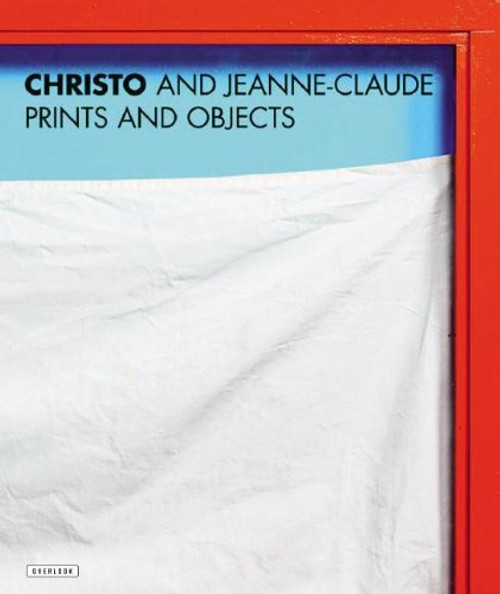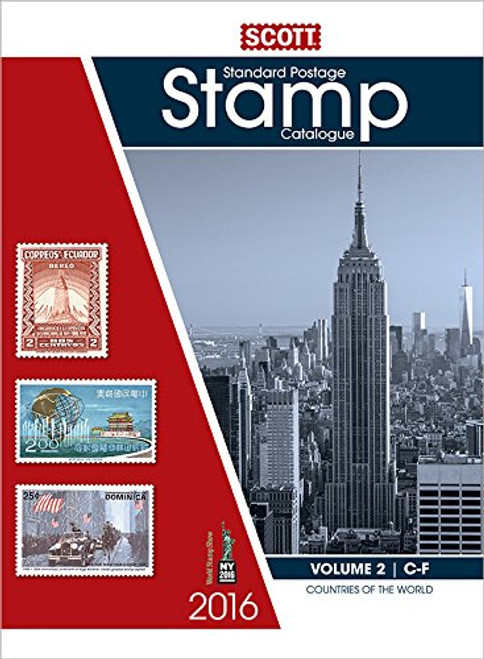Product Overview
This historic book may have numerous typos and missing text. Purchasers can usually download a free scanned copy of the original book (without typos) from the publisher. Not indexed. Not illustrated. 1844 edition. Excerpt: ...and that lately, on several occasions, whenever the definition of the stars generally, in that quarter of the heavens, would allow of observing with any chance of success, but I have not been able to procure any decisive symptom of its consisting of two individuals. The companion now took such a movement, as quite to confute a large predictive diagram I had constructed, showing that the orbit was extremely elongated, more like a comet's than a planet's; which gave me a suspicion that we hadbeen looking at the ellipse the wrong way. Hereupon I returned to the Herschelian process to obtain the elements of the apparent and the true ellipse, with my new measures, but could neither accommodate the period, nor arrive at any satisfactory conclusions. When therefore M. Miidler's masterly computations appeared in the Astronomische Nachric/clen, my views were greatly countenanced; but with a full value for the talent and zeal of that astronomer's process, I was still anxious for Sir John Herschel to return to his own field, and meet the apparently unaccountable informalities which still remained. Having made a request to this effect, he replied: Maugre I cannot yet send you any finalities about-y irginis, yet to prove that I have not been quite idle, I will state one or two general conclusions that a projection of all the observations has led me to, preparatory to exact numerical computation. I. We are all wrong, Mitdler and all of us, and it is the early observation of Bradley in 1718 which has misled us. That observation is totally incompatible with any reasonable ellipse, and must be absolutely rejected. Had it not been for my respect for that single observation, I should have got very near the true ellipse in my first approximation. 2....






